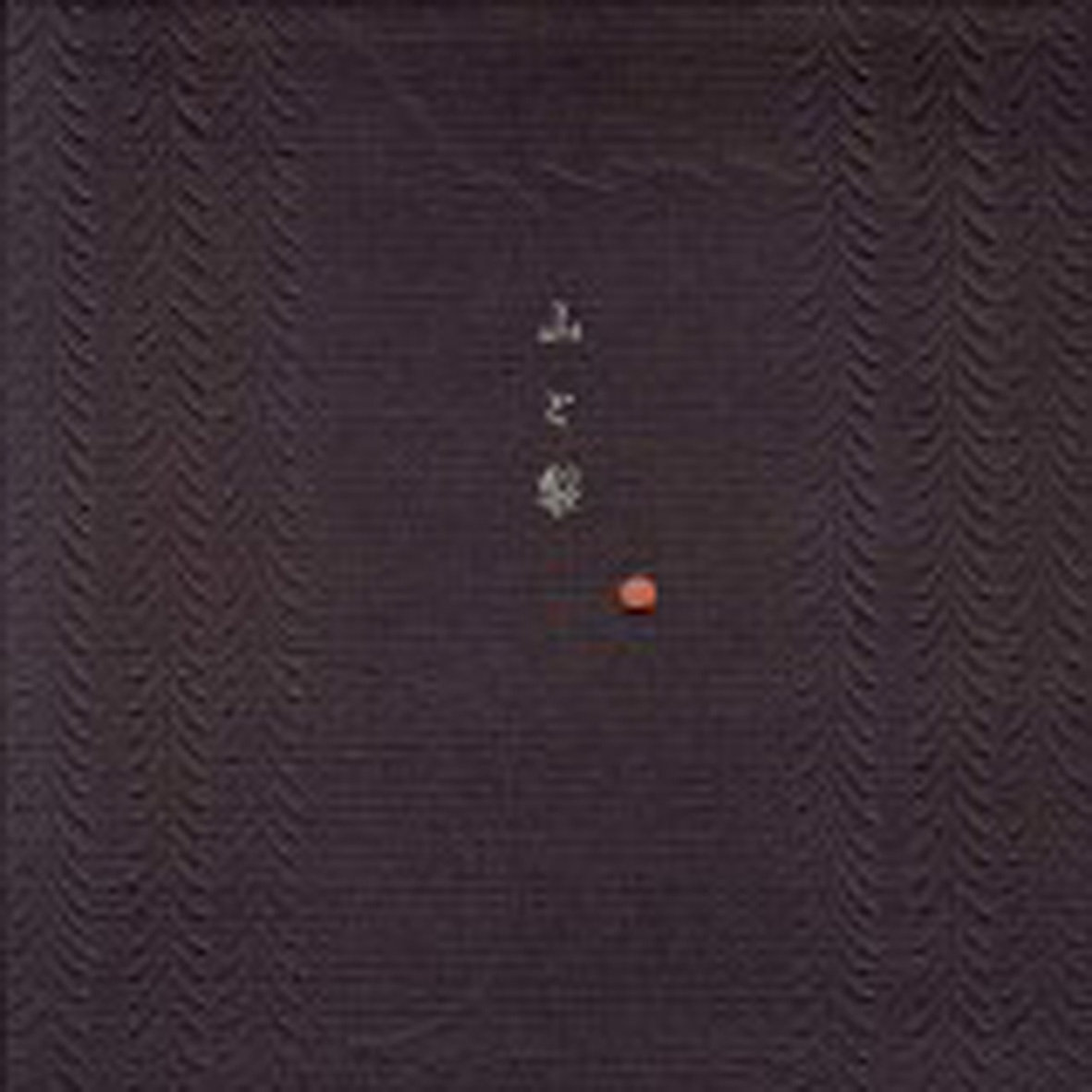 The work of Andrew Chalk and Daisuke Suzuki seems as if it has been intertwined forever, so I was somewhat startled to discover that this is their first new collaborative release in almost a decade. As befits the re-convergence of these two masters of understated tranquility, Yama to Nashi feels like a relaxed and unhurried reunion of old friends rather than a bold new vision. As such, it is a somewhat minor (if lovely) addition to the Siren/Faraway Press oeuvre that mostly lingers in familiar territory, but there are a couple of divergent gems lurking amidst these new pieces that longtime fans will not want to miss.
The work of Andrew Chalk and Daisuke Suzuki seems as if it has been intertwined forever, so I was somewhat startled to discover that this is their first new collaborative release in almost a decade. As befits the re-convergence of these two masters of understated tranquility, Yama to Nashi feels like a relaxed and unhurried reunion of old friends rather than a bold new vision. As such, it is a somewhat minor (if lovely) addition to the Siren/Faraway Press oeuvre that mostly lingers in familiar territory, but there are a couple of divergent gems lurking amidst these new pieces that longtime fans will not want to miss.
For the most part, the languorous and glistening opening piece ("Threads From The Milky Way") sets the tone for the entire album, establishing the overarching aesthetic of sketchlike vignettes of dreamlike, liquescent bliss.It is difficult to tell exactly how Chalk and Suzuki are getting their blurred and slippery tones, but I believe there is a processed electric piano at the heart of these recordings.As the album unfolds, however, Chalk and Suzuki start to drift further and further away from their lazily glimmering and rippling sound pools and both the mood and the palette start to deepen (and darken).The first real shadows start to fall across Yama on the third piece, "Suzume," which casts a mournful spell by weaving discordant harmonies from glacially swelling strings and drifting smears of synth tones.Curiously, that veil of sadness dispels almost as suddenly and unexpectedly as it appeared, as the wonderful "Shelf on Wall" shakes off its initial moody reverie to blossom into a surreal field recording of a Japanese parade.From there, the piece continues to be a pleasantly inventive and evocative surprise, as the parade seems to partially fade away, but leaves a lovely and lyrical flute melody in its wake that dreamily drifts through a woozy fog of gentle arpeggios, crashing waves, and a few lingering tendrils of the raucous festivities (marching men, clattering percussion, children's voices).To my ears, it is the album's true centerpiece (conveniently located in the center of the album, no less), but it is not without strong competition from the album's final stretch.
Although it is considerably shorter, I am also quite fond of "A Sentry on The Roof," which augments its blearily impressionistic cascades of watery electric piano tones with the loud and fitful buzzing of a large bee.That bee makes a surprising amount of difference, which highlights an unusual trend the runs throughout Yama to Nashi: the purely instrumental pieces feel like the soundtrack to a gorgeous sunrise or seaside vista that I am not seeing, while the pieces that prominently feature field recording are considerably more effective at drawing me into the scene.I am a bit curious about why Chalk and Suzuki did not pursue that elegant blurring together of swooning, hazy ambiance and crisp, vibrant textures from the natural world more, as it definitely feels like that synthesis elevates this collaboration into something more transcendent and unique when it happens.If I had to guess, however, I suspect that the reason is that most of Yama to Nashi consists of Chalk and Suzuki's stronger improvisations that occurred on the road to composing the album's epic closing title piece.On one hand, "Yama To Nashi" is not radically different from the rest of the album, as it is built from gently tumbling arpeggios and warmly radiant washes of synthesizer (though there are some buried bird noises hiding in the mix).There is, however, an unexpectedly strong motif resembling a shuddering, digitalized bird call that periodically tears through the placid idyll.That certainly livens thing up, though it is not quite as dramatic as it sounds.The real difference is mostly just time: Chalk and Suzuki allow "Yama to Nashi" to languorously stretch out for over 20 minutes and that suits it beautifully.Duration makes a world of difference with music in this vein: a glimpse of heaven is nice, but getting a chance to linger in it is by far a superior experience.
As is true of most Andrew Chalk albums (both with and without Suzuki) there is very little to grumble about with this album: Chalk and Suzuki have a long history of making lovely and lush music together and Yama to Nashi ends a long hiatus to bring the world more of it.That pleases me.I am, however, the hapless victim of my own high expectations, as I hoped this welcome reunion would result in an enduring classic.Yama is not an enduring classic, though "Shelf on Wall" seems like a strong step towards a more ambitious and immersive future opus.Hopefully it will not take another decade for that to happen, but I am sure I can find some way to keep busy while I wait if it does.In the meantime, Yama to Nashi is a solid to return to form that adds one more quietly beautiful longform work to the Chalk/Suzuki canon.
Samples:
 
Read More

